Retro Replay Review
Gameplay
Persona 4 delivers a rich blend of traditional turn-based JRPG mechanics and social simulation, striking a satisfying balance between dungeon crawling and everyday life in Inaba. Players spend their days attending classes, building relationships with classmates and townsfolk, and improving personal attributes—such as Courage and Knowledge—to unlock new conversation options and deepen bonds. This calendar-driven structure adds strategic depth: choosing whether to study, work part-time, or explore the TV World becomes a meaningful decision that impacts your team’s strength and story progression.
(HEY YOU!! We hope you enjoy! We try not to run ads. So basically, this is a very expensive hobby running this site. Please consider joining us for updates, forums, and more. Network w/ us to make some cash or friends while retro gaming, and you can win some free retro games for posting. Okay, carry on 👍)
When you enter the mysterious TV realm, gameplay shifts to dungeon exploration and tactical combat. Each dungeon represents the distorted desires of a potential victim, featuring randomly generated layouts that keep encounters fresh. Shadows roam the corridors visibly, allowing for stealth approaches or ambushes. Battles reward players for exploiting enemy weaknesses: striking a vulnerable element grants an extra turn and powers up team-wide abilities, creating exhilarating “All-Out Attacks” when coordinated properly.
Character customization extends beyond equipment to the fusion of Personae—manifestations of each character’s psyche. By collecting and combining Personae at the Velvet Room, you tailor your skillset to suit various challenges. Advanced fusions yield powerful new entities with unique skill combinations, encouraging experimentation. Furthermore, direct control over party members in combat—unlike previous entries—streamlines strategy and keeps battles engaging throughout the game’s roughly 80-hour run time.
Graphics
Persona 4’s art direction uses vibrant, anime-inspired visuals that bring Inaba’s small-town charm and the surreal TV World to life. Character portraits feature crisp, expressive illustrations during dialogue sequences, enhancing emotional delivery. The UI design is both stylish and intuitive: menus and status screens incorporate bold typography and color-coding that guide the eye without overwhelming new players.
Dungeon environments employ a blend of 3D spaces and dynamic lighting effects. While the repetitive nature of randomly generated floors can feel familiar after multiple visits, atmospheric touches—like shifting color palettes aligned with each victim’s theme—maintain visual interest. Enemy designs range from eerie, shadowy figures to more elaborate boss creations, each backed by slick animations that punctuate critical hits and persona summons.
Cutscenes and social scenes switch between full-motion 3D and 2D animated sequences, providing a cinematic flair when key story moments unfold. Though the hardware of its original platform imposes some graphical limitations, the overall presentation remains charming and coherent. For modern audiences, enhanced releases and PC ports offer higher resolutions and faster load times, ensuring Persona 4’s aesthetic continues to impress.
Story
The narrative of Persona 4 centers on a series of grisly murders in the quiet town of Inaba. Players assume the role of a high school student who moves in with his uncle, Detective Ryotaro Dojima, just as bodies start appearing under mysterious circumstances—victims discovered hanging from TV antennas or vanishing without a trace. Rumors swirl that the town’s local television system harbors a dark secret, setting the stage for the game’s atmospheric blend of mystery and supernatural horror.
Joined by a group of friends with their own hidden anxieties and strengths, the protagonist uncovers the existence of the TV World—a parallel dimension where Shadows, distorted embodiments of human psyches, prey on unsuspecting victims. Each member of the team confronts their personal “Shadow Self,” leading to powerful Persona awakenings that symbolize self-acceptance and growth. This thematic core gives the story emotional resonance, transforming standard RPG tropes into a deeper meditation on identity and friendship.
The pacing is expertly managed across an entire school year, with major plot twists and revelations timed to coincide with the Japanese calendar. Casual conversations between dungeon dives foster genuine attachment to supporting characters, and branching dialogue choices can affect Social Links and even late-game outcomes. While some players may find certain plot beats predictable, the interplay of character-driven drama and murder-mystery intrigue keeps the narrative compelling from start to finish.
Overall Experience
Persona 4 stands out as a genre-defining title that successfully merges dungeon-based RPG mechanics with life simulation elements. Time management adds a layer of strategic planning—do you spend your afternoon improving your stats, forging new friendships, or tackling a dangerous dungeon? This duality ensures that gameplay variety remains high, preventing either aspect from becoming stale over the game’s lengthy campaign.
The game’s soundtrack, composed by Shoji Meguro, amplifies every mood from upbeat town themes to haunting dungeon melodies. Combined with tight controls, responsive UI, and memorable character animations, Persona 4 offers an immersive experience that holds up even years after its release. Enhanced editions provide quality-of-life improvements, making it an ideal entry point for newcomers and a welcome revisit for series veterans.
For fans of story-driven RPGs who appreciate character depth and strategic combat, Persona 4 delivers a memorable journey into friendship, mystery, and self-discovery. Its blend of compelling narrative, stylish presentation, and addictive gameplay loops make it a must-play for anyone seeking a well-rounded, emotionally engaging adventure.
 Retro Replay Retro Replay gaming reviews, news, emulation, geek stuff and more!
Retro Replay Retro Replay gaming reviews, news, emulation, geek stuff and more!
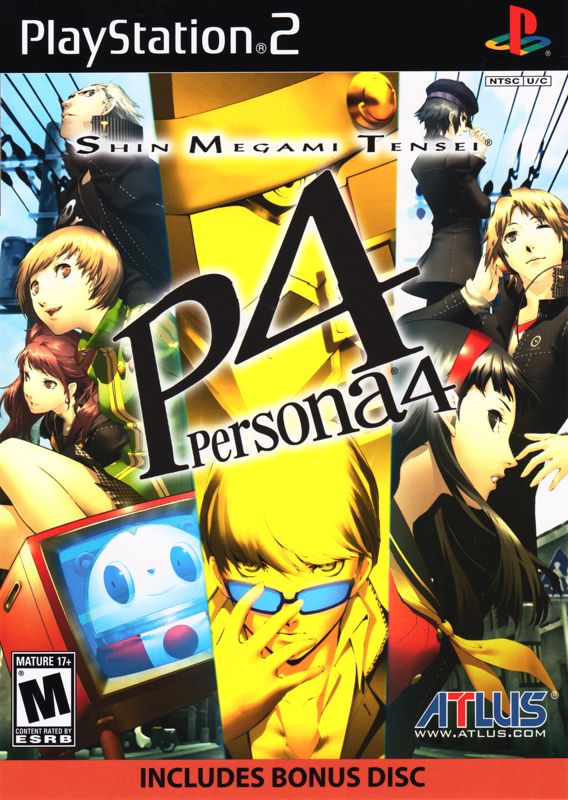
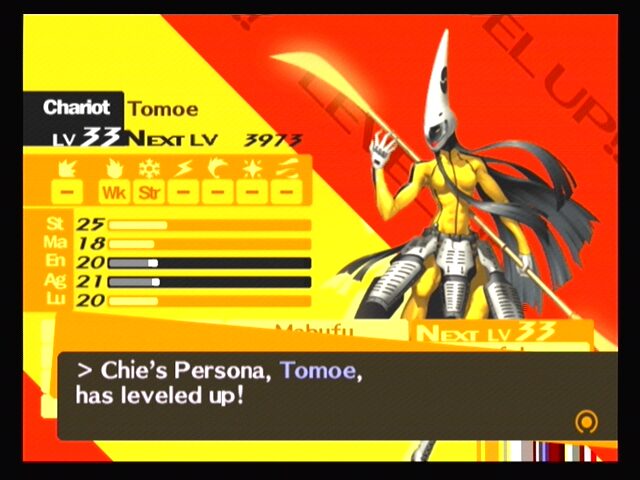

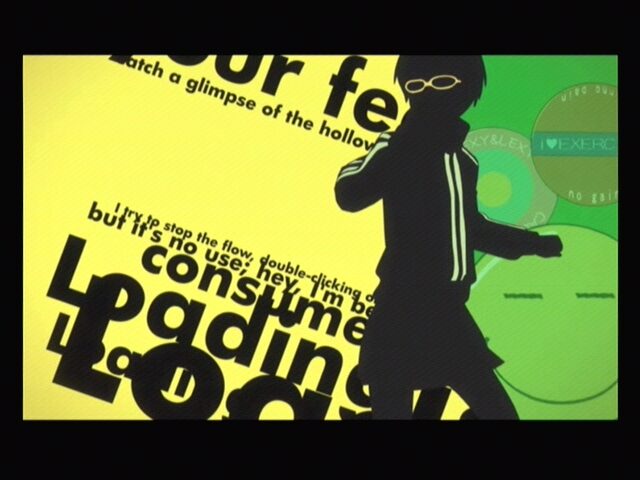
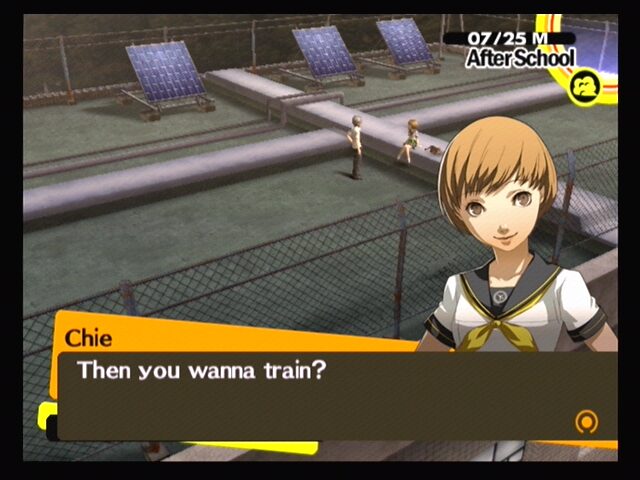
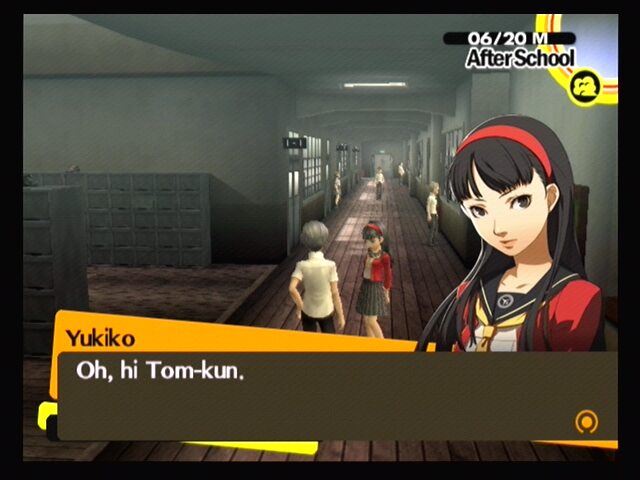



Reviews
There are no reviews yet.